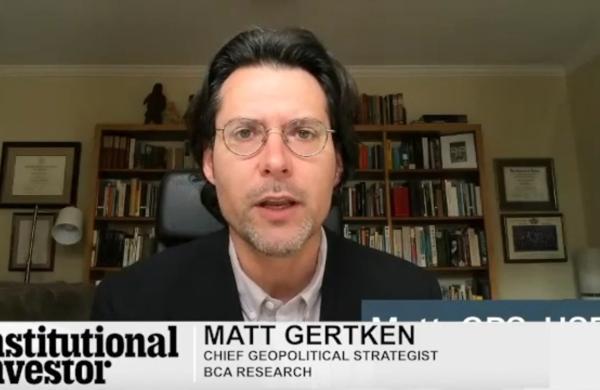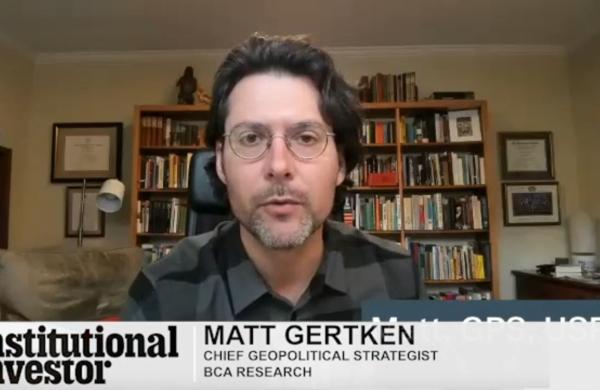Market sentiment is a fickle thing. In U.S. markets at the moment, the mood appears to be tilting toward caution. The most recent CFTC commitment of traders report released yesterday showed a shift in structural sentiment among investors in futures markets. There was an expansion of noncommercial short positions in equity index products. Treasury futures shifted from net long to net short rather dramatically, at a net 47,000 contracts wagering on a decline, versus a net 23,000 long the prior week. Oil and gold contracts maintained a long bias, but the amount of net contracts for each declined for the week. With increasing uncertainty over geopolitical hot buttons and a macro setup that continues to favor a stronger U.S. dollar, investors appear to be keeping one eye on the exit door.
Discount store merger turns hostile. Reports today surfaced indicating that Dollar General Corp. is gearing for a hostile takeover of Family Dollar for $9.1 billion, or $80 per share, after the target firm repeatedly spurned its buyout offers. This throws a wrench into Family Dollar’s agreement to be bought by Dollar Tree, a deal that Family Dollar accepted, saying it would more likely pass antitrust muster. Family Dollar’s board includes Edward Garden, CIO of Nelson Peltz's Trian Fund Management.
France’s economy flounders. The French government today officially acknowledged that it will miss its 2015 European Union budget deficit targets. In a press conference, Finance minister Michel Sapin indicated that the nation will now only achieve its budget deficit threshold of 3 percent of GDP in 2017 and guided 2014 growth projections lower.
Japan numbers reveal positive surprises. Machinery orders in Japan rose 3.5 percent in July, beating consensus forecasts, while the corporate goods price index achieved the 17th consecutive gain at an annualized 3.9 percent. With Bank of Japan policymakers continuing to pursue higher inflation levels through aggressive quantitative easing, this news will be welcome; however it fails to offset recent data suggesting the economy overall has lost momentum.
China takes steps to soften landing. Chinese Premier Li Keqiang indicated at a World Economic Forum event in Tianjin that Beijing is willing to take action to ensure growth rates remain on target. Without providing details he also said that structural reforms designed to increase foreign investment and better enforce intellectual property rights were in the works.
Scotland secession would make for a nasty divorce. In his appearance before the Trade Union Congress yesterday, Bank of England governor Mark Carney announced that Scotland would not be allowed to continue to use the pound sterling if the upcoming election confirms independence. According to Carney, without shared tax and regulatory regimes a unified currency would be untenable. This directly contradicts statements by Scotland’s First Minister Alex Salmond that an independent Scotland could continue to utilize the U.K. pound as its base currency.
Portfolio Perspective: Warning Signs for Your Client’s Stock Market Exposure — Prateek Mehrotra, Endowment Wealth Management
Investors are rejoicing as the U.S. stock market scales new heights day after day. But given the overstretched valuations, there are more reasons for the stock market to dive more than thrive. It may be prudent, therefore, to reduce investors’ exposure to stocks and diversify into liquid alternative investments.
The stock market capitalization-to-GDP ratio, also known as Warren Buffett’s valuation indicator, is nearly 126 percent. That’s two standard deviations above the mean and the second highest it’s ever been since 1950. It hovered above this level for six quarters during the dot-com bubble of the late 1990s. The Oracle of Omaha said this may be the one best measure of stock market valuations.
U.S. stocks are getting possibly overvalued based on the cyclically adjusted price-earnings (CAPE) ratio, or the Shiller P/E ratio. At slightly over 26, it soars high above its average of about 16. If the S&P 500’s dot-com bubble peak were priced in July 2014 dollars, it would be 2,048.10 — just a hair above Monday’s level of 2,001.54. The index’s book value per share and price-to-sales ratios have both reached all-time highs. Given the lofty valuations, the S&P dividend yield at 1.9 percent is a far cry from its average of more than 4 percent. The S&P 500’s earnings arguably justify the high valuations as they are also at an all-time high of $119.19 per share. But companies boosted earnings per share mainly by reducing their floats or share count. Quarterly buybacks vaulted 50 percent year-over-year during the first quarter to $154.5 billion, the third-highest level since 2005, according to data from FactSet. Buybacks totaled $535.2 billion, or 3.3 percent of outstanding shares, in the trailing 12 months.
Meanwhile, the benchmark index's earnings are expected to grow a tepid 6.5 percent during the third quarter, according to FactSet. S&P’s projected five-year annual earnings growth of 12 percent is rather weak and well below its average of nearly 28 percent. The projected third-quarter sales growth rate of 3.7 percent is slightly above the average rate of 3.5 percent.
The party will eventually have to end because of mean reversion. To be sure, U.S. stocks may be overvalued on an absolute basis but not on a relative basis. Given the Federal Reserve’s zero-interest-rate policy, stocks may have more room to grow. Portfolios can be cushioned from a U.S. sell-off by diversifying across hedged equity, foreign developed and emerging-markets stocks, nontraditional fixed income, master limited partnerships (MLPs), real estate, commodities and other liquid alternatives.
Prateek Mehrotra is CIO of ETF-MS and Endowment Wealth Management, a registered investment adviser in Appleton, Wisconsin.






